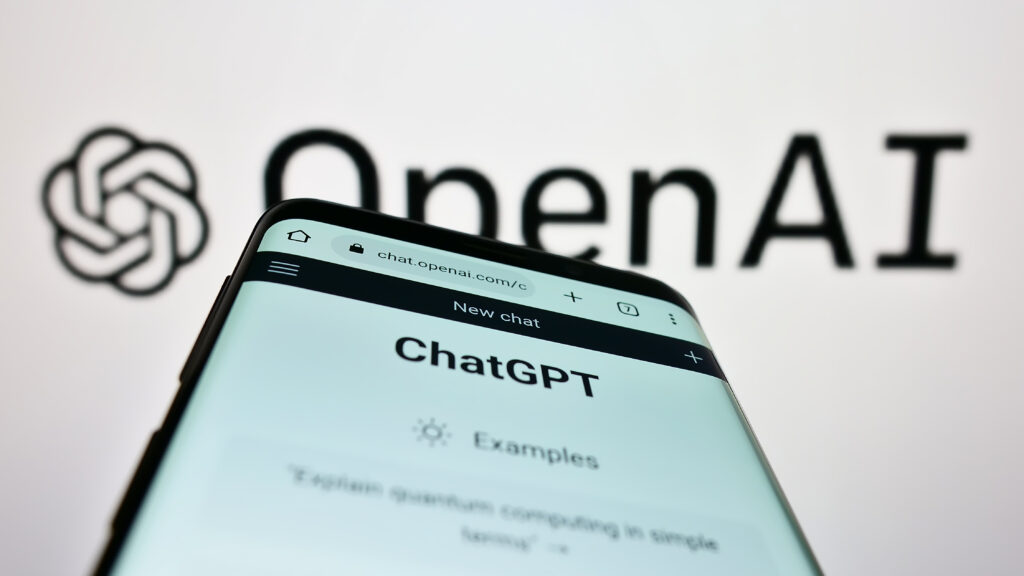OpenAI O1 Preview: Exploring the Latest Advancements in AI

OpenAI recently unveiled the preview of its O1 model, showcasing new advancements in artificial intelligence (AI) that promise to enhance efficiency, customization, and natural language processing. At Fortis Cyber Solutions, we strive to inform our clients about technological advancements that may impact various industries, including cybersecurity. In this blog, we’ll provide an overview of the key points detailed in OpenAI’s announcement of the O1 model.
What is OpenAI’s O1 Model?
OpenAI’s O1 model builds upon previous iterations, focusing on improving the performance and adaptability of AI systems. This model introduces greater scalability, meaning it can efficiently handle more complex tasks and processes. The O1 model also emphasizes customization, allowing AI applications to be fine-tuned for specific industries such as finance, healthcare, and cybersecurity.
Cost Efficiency and Scalability
According to OpenAI, the O1 model is designed to reduce computational costs while maintaining high performance. This could make AI more accessible to a broader range of businesses, including small and medium-sized enterprises. Lower costs may encourage wider adoption of AI technologies for tasks like data analysis, automation, and threat detection.
However, while the O1 model appears promising in terms of affordability and scalability, it is important to assess its applicability to specific business needs before considering its implementation.
Customization for Industry-Specific Needs
The O1 model’s ability to integrate specialized knowledge presents the opportunity for industry-specific customization. For example, AI could be tailored to detect financial fraud, enhance compliance measures, or improve threat detection in cybersecurity. By allowing customization, the O1 model provides the flexibility to address unique challenges in various sectors.
Though customization is attractive, organizations should carefully evaluate the model’s effectiveness in their particular industry before adopting such technology.
Advancements in Natural Language Processing (NLP)
The O1 model introduces improvements in natural language processing (NLP), enabling more accurate understanding and generation of human-like text. This can enhance interactions between AI systems and human operators, improving communication for complex tasks like security incident reporting or data interpretation.
NLP advancements may also improve user experiences when working with AI-powered systems. While the O1 model’s NLP capabilities seem promising, businesses should consider how these features fit into their existing operations.
Cybersecurity Considerations
OpenAI’s O1 model could influence cybersecurity practices by automating specific threat detection processes and analyzing large volumes of data for vulnerabilities. While this might present opportunities for more proactive security measures, it is important to assess the model’s actual performance and reliability in high-risk areas like cybersecurity.
At Fortis Cyber Solutions, we recommend thoroughly evaluating any AI technology before integrating it into critical business operations, particularly in sensitive areas like cybersecurity.
OpenAI’s O1 model preview introduces several exciting developments in AI, including greater efficiency, customization, and advancements in natural language processing. While these innovations may have far-reaching implications for businesses in many industries, it’s crucial for organizations to carefully consider whether these technologies align with their specific needs and challenges.
You can read the full announcement here to learn more about OpenAI’s O1 model.






